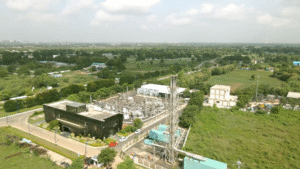Recently, a remarkable discovery has been made in the archaeological excavation conducted near the Malampuzha dam in Palakkad district of Kerala. The team of Archaeological Survey of India (ASI) unearthed more than 110 megalithic structures spread over an area of 45 hectares. These structures give important clues to understand the history of ancient human civilization, especially about the Indian Iron Age society and their beliefs.
ASI India
These structures are mainly constructed from huge granite slabs and boulders, while some also use laterite stones. Most of the megalithic structures found during the survey are of the cyst type. These include both single and multi-chambered structures, including stone circles, urns, dolmens and dolmenoid cists. The purpose of these structures may have been associated with burial and religious functions in ancient times. Through this discovery, archaeologists can get new information about the early Iron Age society in Kerala and their religious beliefs. Megalithic structures help to uncover important aspects of ancient human civilization, such as burial procedures, social structures and religious attitudes. By studying this, we can gain a deeper understanding of the culture of ancient societies, their religious beliefs and lifestyle.
Archaeological discoveries also in Andhra Pradesh
This discovery comes a few weeks after the excavation carried out by the ASI in the Lankamala Reserve Forest in Kadapa district of Andhra Pradesh. Here archaeologists discovered ancient inscriptions, which were linked to the megalithic period. Apart from this, prehistoric paintings found in the rock shelter also provide important information about the life of this period. These paintings depict animals, geometric patterns and human figures, which were made from natural materials such as red ochre, kaolin, animal fat and crushed bones.









